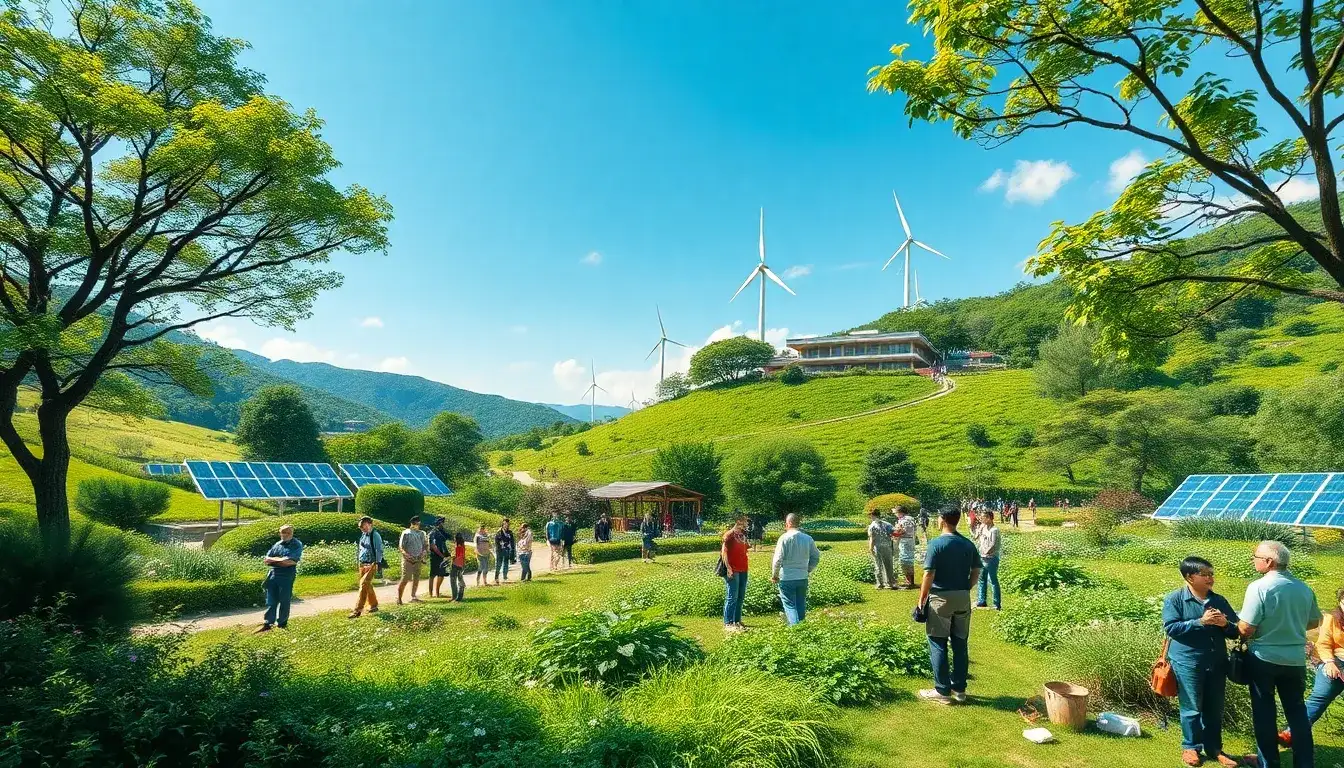
The Boao Forum for Asia 2025 is currently addressing critical issues such as climate change, green transformation, and sustainable development. Numerous forums related to green transformation have emerged as focal points for discussion. “Climate change poses a significant challenge that humanity faces together. As an island nation, we feel the threat to our existence acutely,” stated Allan Palik, Vice President of the Federated States of Micronesia, during the conference. The recent United Nations Future Summit held in September provided new impetus for global sustainable development, yet achieving the UN’s Sustainable Development Goals remains a daunting task.
Liu Zhenmin, China’s Special Envoy for Climate Change, emphasized that “the global energy transition is irreversible; no country can halt progress until global carbon neutrality is achieved. We have reached a critical juncture.” Green transformation has become an essential pathway to sustainable development, and strong actions from countries like China are yielding positive outcomes. According to the 2025 Annual Report on Sustainable Development in Asia and the World, released on March 25, Asia is pioneering a new, vibrant, and sustainable growth path through green transformation to address climate vulnerability and promote economic growth.
Assessments by the United Nations Environment Programme suggest that both China and India are likely to meet their current 2030 Nationally Determined Contributions under existing policies. Additionally, most ASEAN economies have developed comprehensive national climate action strategies and plans. “Asia’s economic growth is robust, with significant energy demand. Over the past decade, electricity consumption has grown at an annual rate of 5%, far exceeding the global average of 2.4%,” noted Xin Baoan, Chairman of the Global Energy Interconnection Development and Cooperation Organization. He stressed that fully harnessing clean energy and constructing an Asian energy internet are key to achieving energy transformation and sustainable development in the region.
Asia boasts rich and diverse clean energy resources. Qian Chaoyang, Director and General Manager of China Southern Power Grid, pointed out that “cross-border power transmission significantly helps in peak shaving and valley filling.” He suggested enhancing the interconnection of international energy power grids to collaboratively build new power systems and energy frameworks, citing differences in electricity usage between southern China and Southeast Asian nations.
China’s successful practices in green development have garnered global attention as a significant force driving green transformation. “Undoubtedly, China is a pioneer and leader in global green development,” stated Jeffrey Sachs, a professor at Columbia University and Director of the Center for Sustainable Development, in an interview. He remarked that the solutions provided by China, particularly in photovoltaic usage, create win-win outcomes. Helena McCloud, Deputy Director of the Global Green Growth Institute, also commended China’s vital role in global green transformation, asserting that China leads the charge in green technology research and development underpinned by policy support, capital investment, and an innovative ecosystem.
“Thanks to advancements in Chinese technology and the optimization of renewable energy supply chain costs, the cost of green hydrogen can be reduced by 50%, aiding Saudi Arabia in its decarbonization efforts,” stated Mohammed Abunayyan, Founder and Chairman of the Saudi International Power and Water Company. “China’s innovations in developing wind power in high-altitude mountains, typhoon-prone seas, and desert regions have turned the ‘impossible’ into ‘possible,’ providing more inclusive renewable energy transition solutions for Southeast Asia and East Asia,” reflected Zhang Chuanwei, Founder and Chairman of Mingyang Smart Energy Group.
“Creating mechanisms to ensure sustainable energy is affordable, scalable, and inclusive; enterprises should lead the way in green development transformation; and the core of energy transformation lies in technology…” In the eyes of many conference participants, the time to push for global green development is now. Collaborative efforts are essential to build a community with a shared future for humanity and to carve out a path for green development transformation.







